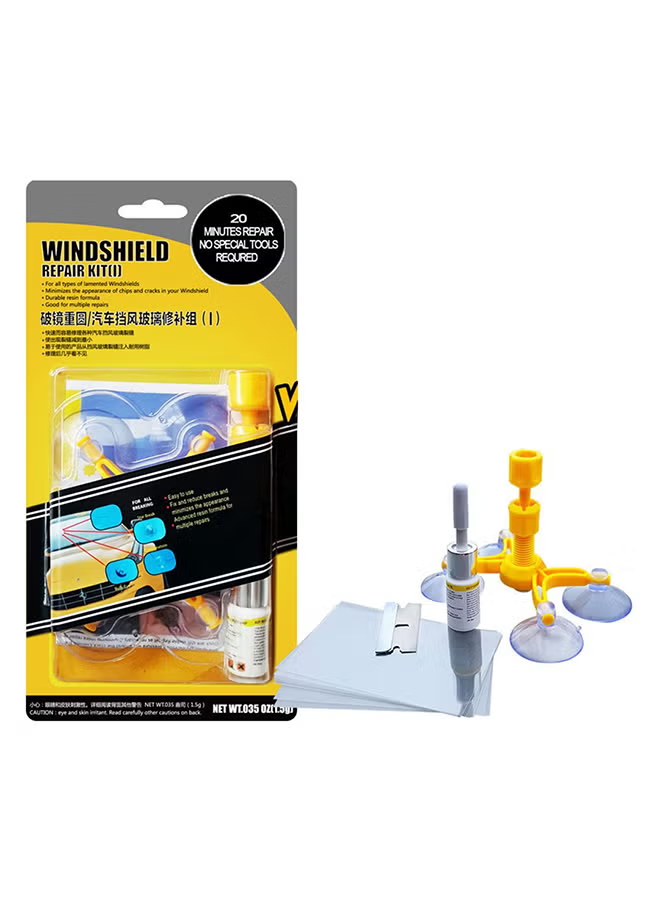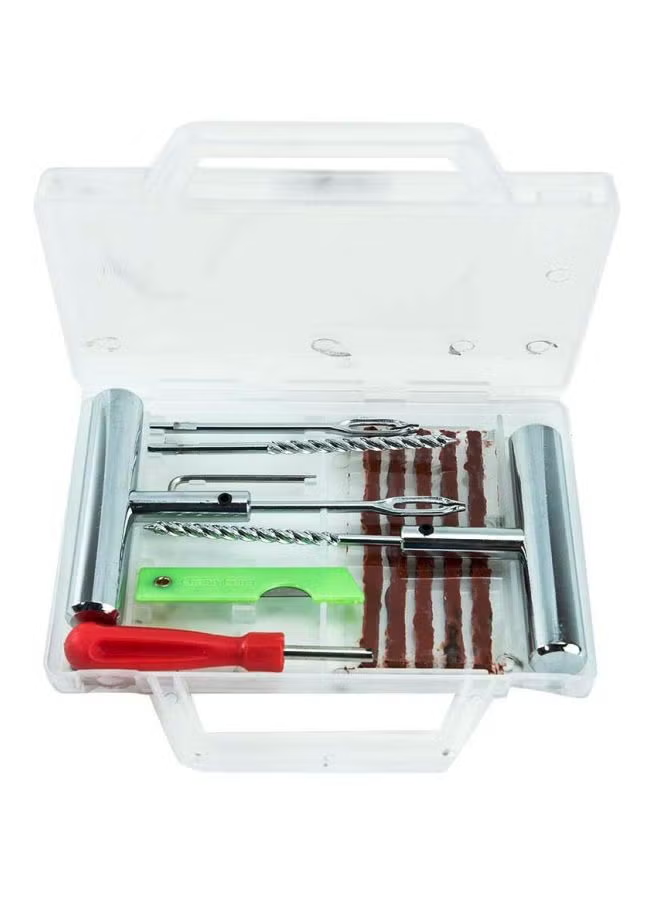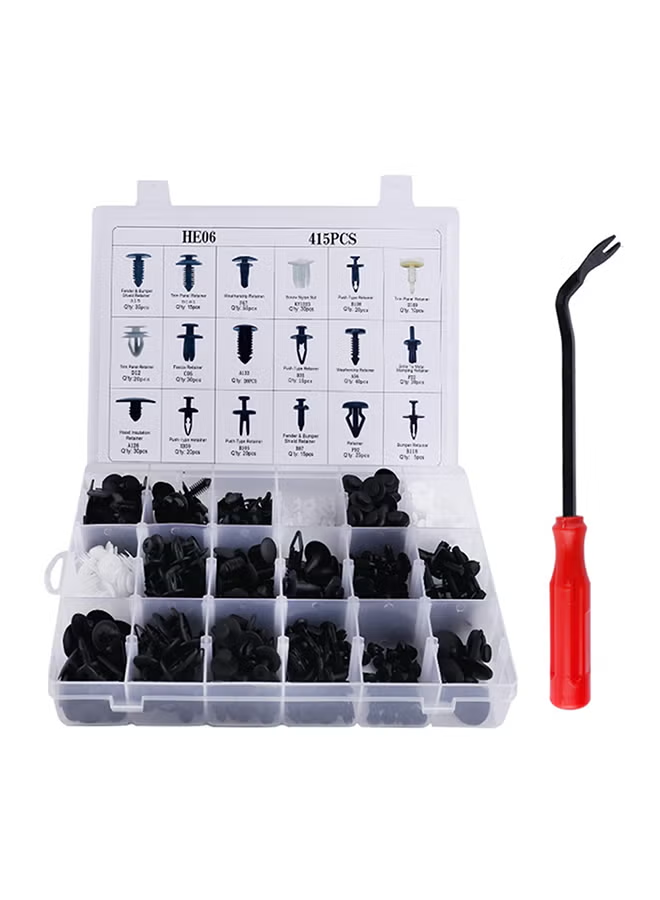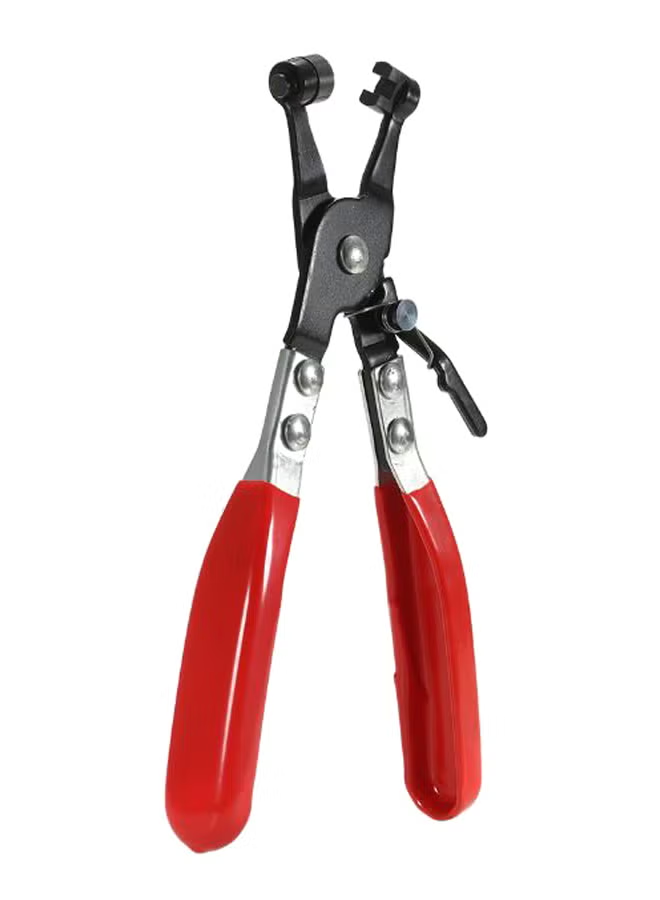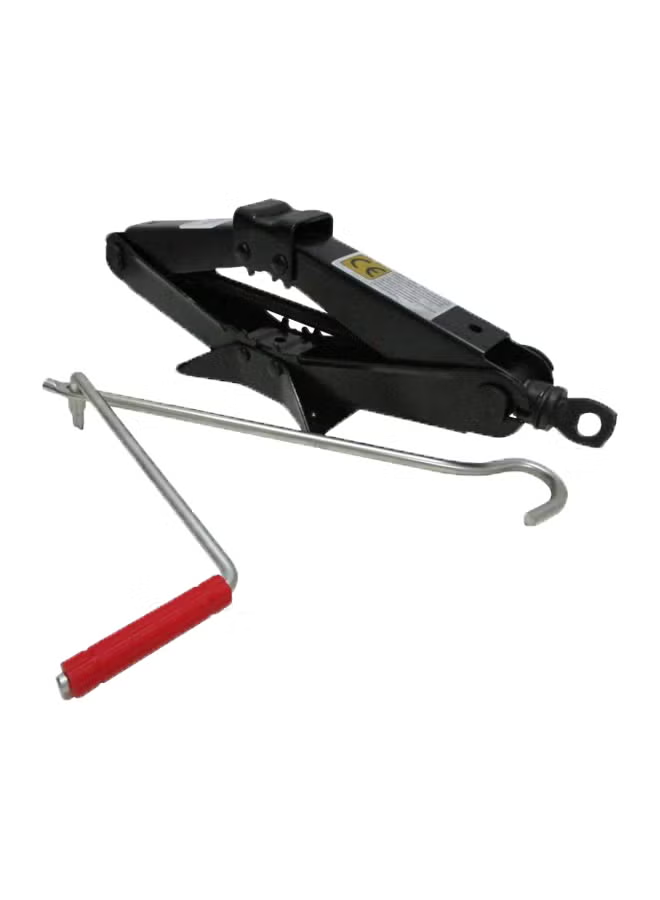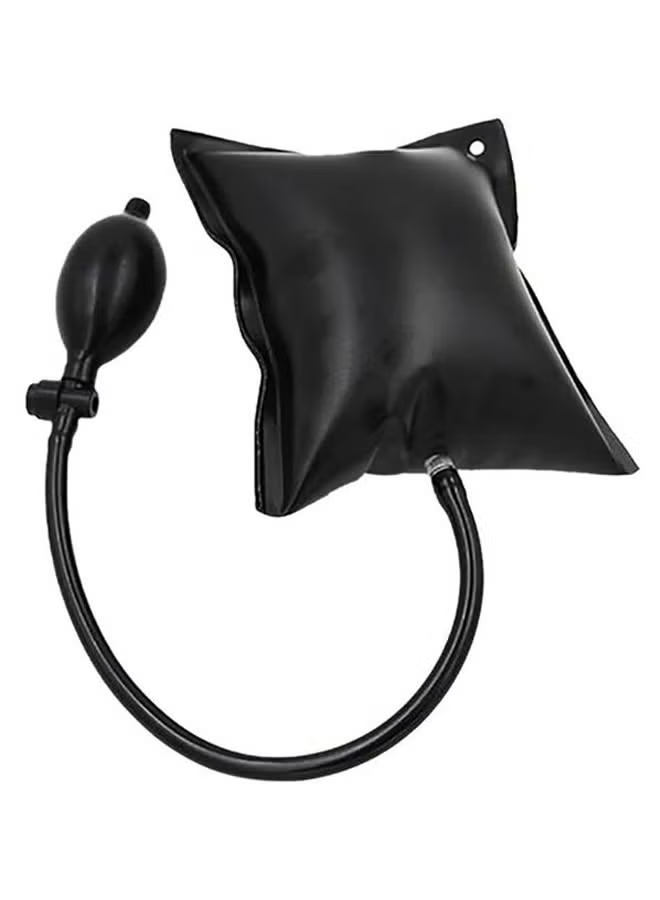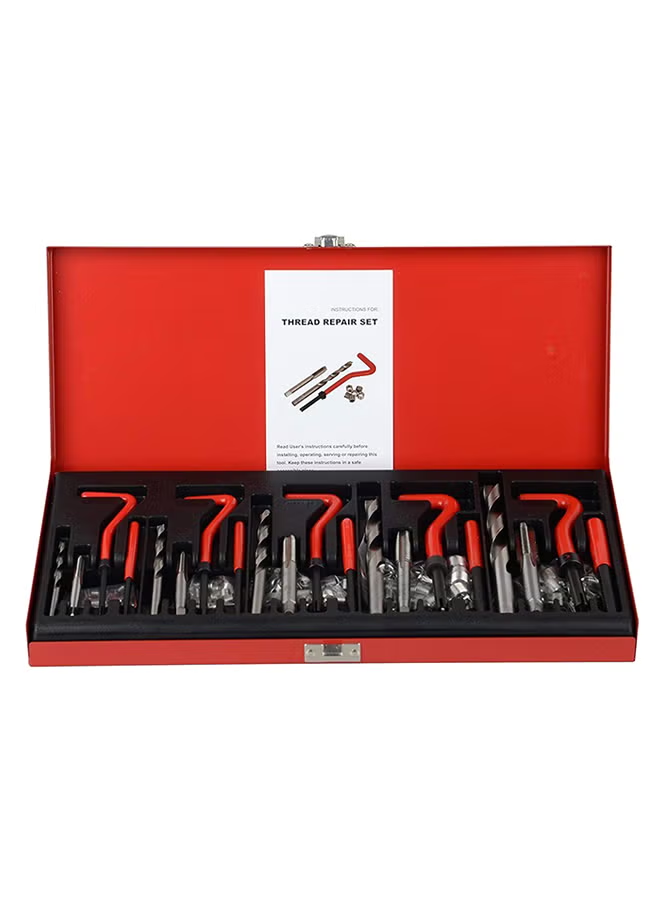Stud Sensor Stud Finder Wall Scanner Metal Detector for Wallpaper and Fabric Detection to Locate Stud Edges of Wood and Metal Stud Yellow
توافر: {{ product.quantity }} جرد
SKU: {{ product.sku }}
{{ product.price_format }}
{{ product.origin_price_format }}
{{ variable.name }}
Usage:The stud sensor uses electronic signals to locate the edges of studs or joists through drywall and plywood up to 3/4".
Prevent Interference:To ensure best performance from the stud sensor, keep your free hand at least 6 inches away from the unit and wall surface while testing or scanning surfaces.
Conventional Construction:Doors and windows are commonly constructed with additional studs and headers for added stability. The stud sensor detects the edge of these double studs and solid headers as a single, wide stud.
Wallpaper-There will be no difference in the function of the stud sensor on surfaces covered with wallpaper or fabric unless the coverings used contain metallic foil or fibers.
Ceilings - When dealing with a rough surface such as a sprayed ceiling,utilize a piece of cardboard when scanning the surface.
Features: Usage:The stud sensor uses electronic signals to locate the edges of studs or joists through drywall and plywood up to 3/4".Once the edge of a stud has been detected, the stud sensor displays a red LED and sounds an audible tone. A pencil notch allows you to easily note the stud edge on the wall. Operating Tips: Prevent Interference:To ensure best performance from the stud sensor, keep your free hand at least 6 inches away from the unit and wall surface while testing or scanning surfaces. Conventional Construction:Doors and windows are commonly constructed with additional studs and headers for added stability. The stud sensor detects the edge of these double studs and solid headers as a single, wide stud. Surface Differences: Wallpaper-There will be no difference in the function of the stud sensor on surfaces covered with wallpaper or fabric unless the coverings used contain metallic foil or fibers. Ceilings - When dealing with a rough surface such as a sprayed ceiling,utilize a piece of cardboard when scanning the surface.Run through the calibration technique described earlier with the piece of cardboard too, to assure best performance of the unit. Also, it is particularly important in this application to remember to keep your free hand away from the unit. Note:Protect Your Eyes. Wear Safety Goggles. Specifications: Material: ABS Color: Orange Red Yellow Blue(optional) Power Supply: F622 9V battery (not included) Package Weight: 90g Package Size: 14.4 * 2.6 * 5.5cm Stud Center: ±1/8" (3 mm) for wood ±1/4"(6mm) for metal Shock Resistance:Up to 3 feet (I m) dropped onto concrete Water Resistance:Water resistant,but not waterproof Operating Temperature:+20°F to +120°F (-7°C to +49°C) Storage Temperature:-20°F to +150°F (-29°C to+66°C) Package List: 1 * Scanner
Prevent Interference:To ensure best performance from the stud sensor, keep your free hand at least 6 inches away from the unit and wall surface while testing or scanning surfaces.
Conventional Construction:Doors and windows are commonly constructed with additional studs and headers for added stability. The stud sensor detects the edge of these double studs and solid headers as a single, wide stud.
Wallpaper-There will be no difference in the function of the stud sensor on surfaces covered with wallpaper or fabric unless the coverings used contain metallic foil or fibers.
Ceilings - When dealing with a rough surface such as a sprayed ceiling,utilize a piece of cardboard when scanning the surface.
Features: Usage:The stud sensor uses electronic signals to locate the edges of studs or joists through drywall and plywood up to 3/4".Once the edge of a stud has been detected, the stud sensor displays a red LED and sounds an audible tone. A pencil notch allows you to easily note the stud edge on the wall. Operating Tips: Prevent Interference:To ensure best performance from the stud sensor, keep your free hand at least 6 inches away from the unit and wall surface while testing or scanning surfaces. Conventional Construction:Doors and windows are commonly constructed with additional studs and headers for added stability. The stud sensor detects the edge of these double studs and solid headers as a single, wide stud. Surface Differences: Wallpaper-There will be no difference in the function of the stud sensor on surfaces covered with wallpaper or fabric unless the coverings used contain metallic foil or fibers. Ceilings - When dealing with a rough surface such as a sprayed ceiling,utilize a piece of cardboard when scanning the surface.Run through the calibration technique described earlier with the piece of cardboard too, to assure best performance of the unit. Also, it is particularly important in this application to remember to keep your free hand away from the unit. Note:Protect Your Eyes. Wear Safety Goggles. Specifications: Material: ABS Color: Orange Red Yellow Blue(optional) Power Supply: F622 9V battery (not included) Package Weight: 90g Package Size: 14.4 * 2.6 * 5.5cm Stud Center: ±1/8" (3 mm) for wood ±1/4"(6mm) for metal Shock Resistance:Up to 3 feet (I m) dropped onto concrete Water Resistance:Water resistant,but not waterproof Operating Temperature:+20°F to +120°F (-7°C to +49°C) Storage Temperature:-20°F to +150°F (-29°C to+66°C) Package List: 1 * Scanner
